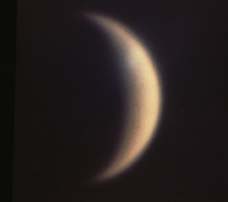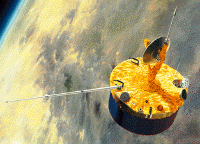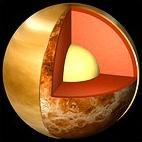 |
|
 _78x80.gif) |
 |
|
 _78x80.gif) |
|
 |
Overview: Earth's Sister Planet
|
|
Exploration
|
 |
 |
Interior
|
|
Exterior and Surface
|
_245x288.jpg) |
![]()
page by luca bombelli <bombelli at olemiss.edu>, modified 7 oct 2013
|
* Curiosities: Neith, the mysterious goddess of Sais, whose veil no mortal raised In 1672, Giovanni Domenico Cassini, one of the prominent astronomers of the time, noticed a small companion close to Venus. Later, the object was seen by other astronomers as well. Most observations of the satellite were really stars seen in the vicinity of Venus. Aug 13, 1892: E. E. Barnard recorded a 7th magnitude object near Venus. There is no star in the position recorded by Barnard, and Barnard's eyesight was notoriously excellent. We still don't know what he saw. Was it an asteroid that hadn't been charted? Or was it a short-lived nova that nobody else happened to see? |